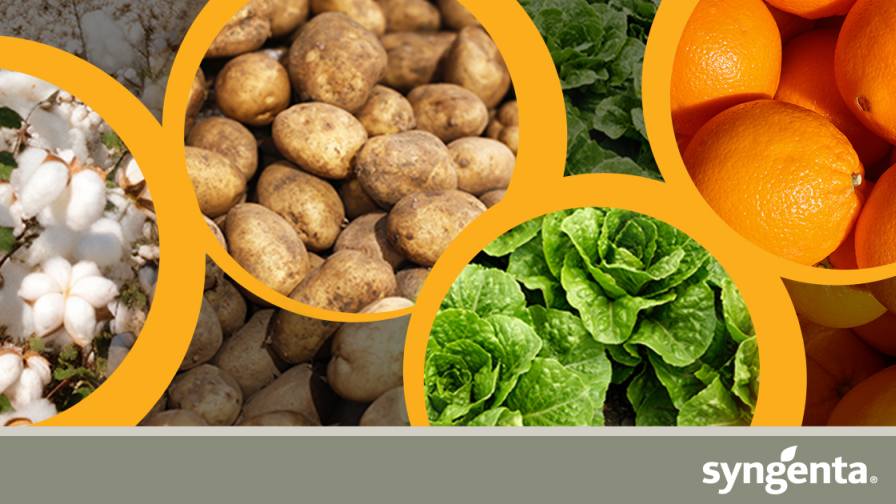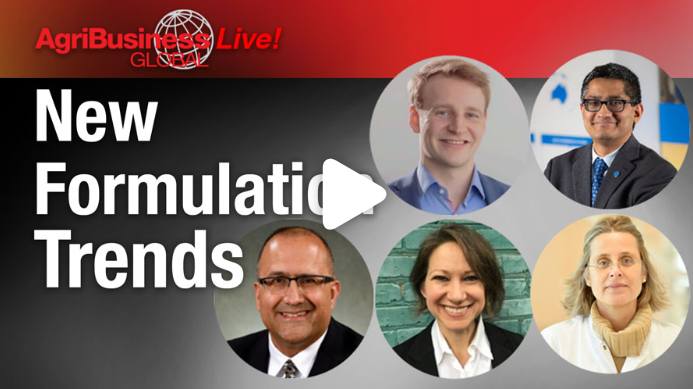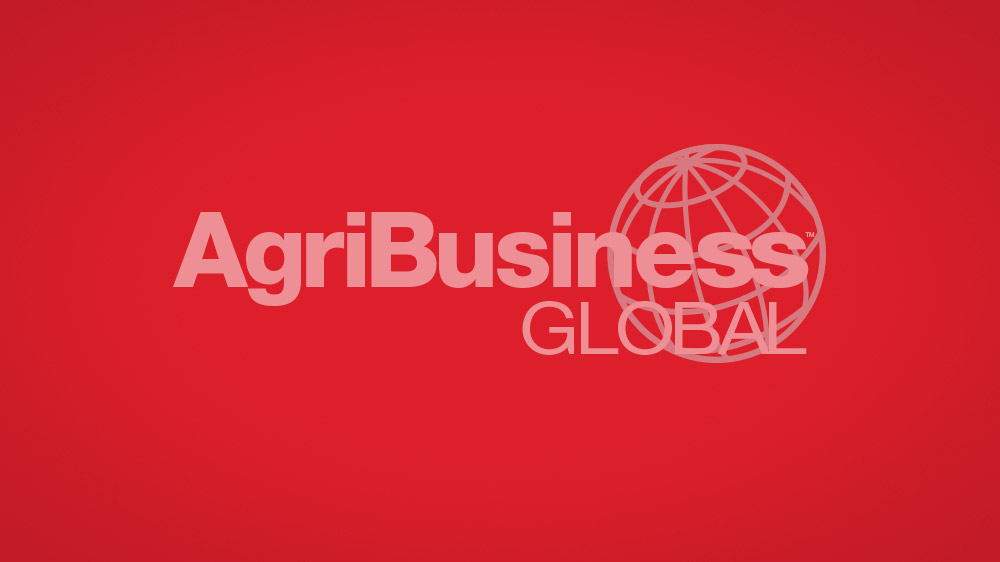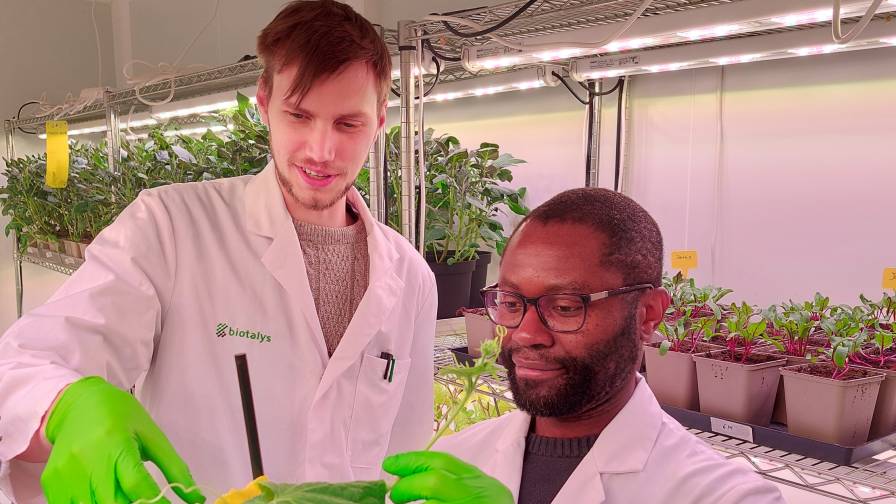The State of the Post-COVID Supply Chain in the Agrochemicals Market
The global supply chain is gradually returning to a new normal after three years of pandemic-related disruptions, writes Nicole Wisniewski in a recent article in AgriBusiness Global DIRECT. While ocean shipping rates have dropped to pre-pandemic levels in some shipping lanes, it is still unclear what defines normal in the current context. The reduction in freight costs is primarily due to weak demand and oversupply rather than an increase in global supply capacity.
Agrochemical companies are now navigating a new world of lower transportation costs, reduced shipping rates, improved reliability, increased competition, and weaker demand. During the first waves of the pandemic in 2020, there was a total shutdown of manufacturing, shipments, and demand. This was followed by a surge in pesticide sales due to panicked buying in overseas markets. However, since the Chinese New Year spike in February 2022, there has been a reversal of this trend, with most of the rate increases from late 2020 and 2021 being removed from the system.
While shipping costs have not returned to pre-pandemic rates, carriers have become better at managing supply and demand and are looking to retain some of the improved margin they secured during the pandemic. Some shipping lanes are moving back to normal faster than others, depending on the balance of supply and demand and the economic environment in the receiving market. Long-term contracts are now back on the table, but premium options are available in exchange for reliable capacity.
The reshaping of the supply chain after COVID-19 has led to increased competition in regional agribusiness markets. Multinational crop protection companies are selecting long-term strategic partners in China and outsourcing the production of formulations. This increased competition is likely to favor the top two crop protection companies while putting pressure on the third-ranked competitors.
The pandemic has also brought improved technology for tracking shipment movements, which will continue to be a useful tool going forward. Two major shippers, Maersk and MSC, have announced the end of their alliance, raising questions about the future of other alliances and their impact on capacity and rates.
The challenge now is predicting when demand will return. Many consumer markets are sitting on high inventories, and it is unclear how long it will take for them to clear through. Stagflation, which combines high inflation with slow economic growth and stagnant demand, adds complexity to the management of the current situation.
In conclusion, while the global supply chain is gradually returning to a new normal, the definition of normal is still evolving. The reduction in freight costs is driven by weak demand and oversupply rather than an increase in global supply capacity. Increased competition, improved technology for tracking shipments, and the end of alliances are shaping the new landscape. The challenge now is managing stagflation and predicting when demand will return.






